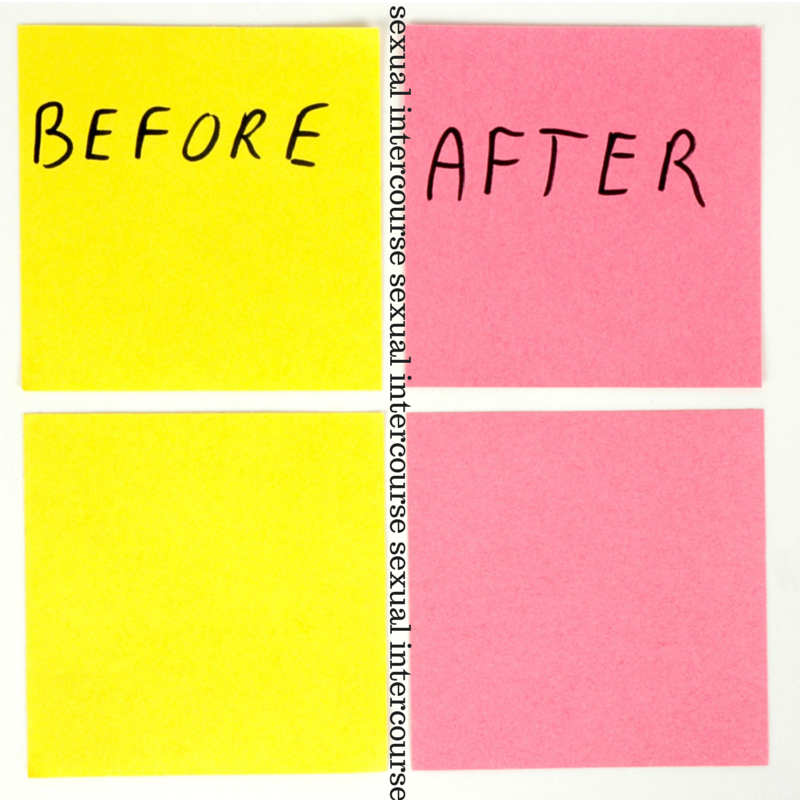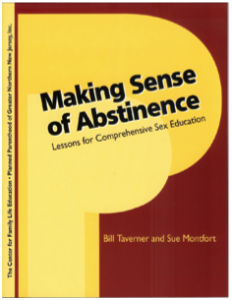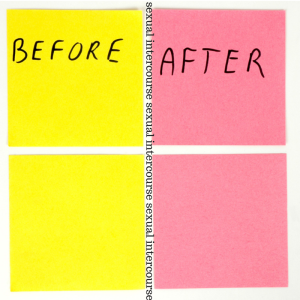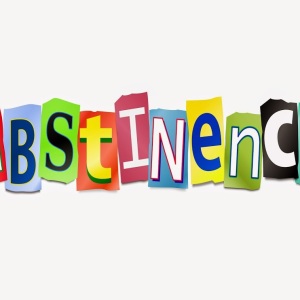When talking about abstinence with my classes, it’s important to me that they hear people choose to abstain from sexual activity for lots of reasons and for varying amounts of time – not just because they aren’t, and until they are, married. Some people choose to abstain for a week because they have flu, for example, and feel too lousy to be physically intimate. Sometimes people choose to abstain because they’re in public – and I take that moment to thank my (older) classes for choosing to abstain during our time together. It tends to loosen the mood somewhat.
But what happens when a young person is ready to stop abstaining? How do they make that shift? First time sexual experience is usually a big, emotional step regardless of whether it’s taken before or after a wedding ceremony. This is an often un-thought-about issue in abstinence education, but Making Sense of Abstinenceis thinking ahead for you!
_____________________________________________________________________
SOME DAY: Making the Transition from Sexual Abstinence
Objectives:
Participants will:
1. Recognize that a person’s decision to abstain is likely to change at some point in time.
2. Examine ways a person could make the transition from abstaining to not abstaining.
3. Identify ways to protect themselves from unplanned pregnancy and sexually transmitted infections if they decide to abstain no longer.
Rationale:
Given the fact that almost everyone will engage in some form of sexual behavior, including intercourse, at some time during their lives, young people currently abstaining from sexual behaviors need the information and skills to make that transition safely.
Of particular concern are “virginity pledge” programs in which young people make a one-time public or written pledge to remain virgins until marriage. These programs leave young people without the necessary knowledge and skills to protect themselves from unplanned pregnancy and disease if they change their decisions. The reality is that most do change their decisions. Nearly 90% of pledgers have intercourse before they are married, and when they do, pledge breakers are much less likely to use condoms than non-pledgers. Further, with an average of eight to 10 years between first intercourse and marriage, there is a real need for young people to know protective information if they do decide to stop practicing sexual abstinence.
This lesson addresses the reality that most young people who practice sexual abstinence will stop doing so at some time in their lives, and helps prepare them for a healthy transition to intercourse whenever that might occur.
_____________________________________________________________________
This last paragraph of the rationale is particularly interesting and important for sexuality educators. Education should be designed for life-long learners. We are doing young people a disservice by creating education programs for them that only provide life lessons for the next two to three years. Transitions are sticky wickets – and the transition from pre-sexual-intercourse to post-sexual-intercourse is one of the stickiest. (No pun intended.)







